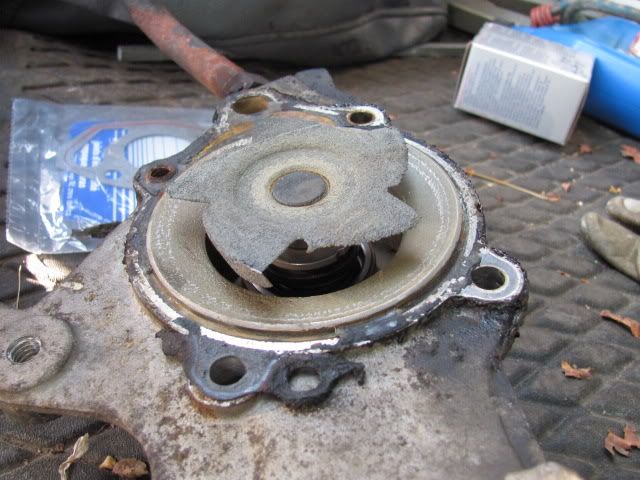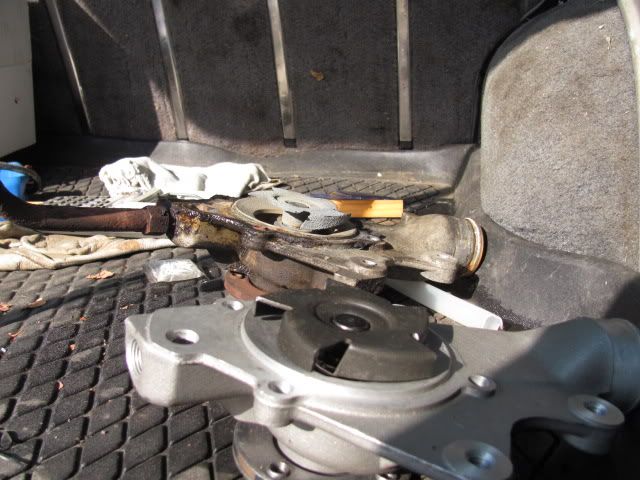bjoehandley
NAXJA Forum User
- Location
- WeGo, Chi-Town, Ill
My '98 started running kinda warm last night on the way home from the gym. This morning on hte way to work I stopped at a 7-11 and the coolant bottle was gurgling and vibrating a bit violently. Normally it'll run in the 190-200* with the 3 row radiator but is currently running around 210-235* no matter if it's 69* and 10:30 at night or 85* and 1pm. I did add about 1/2 gallon of coolant/water mix between the radiator and overflow bottle (which put it about 1/2 full) and took it for a quick test drive on lunch. It was fine until the about 10 minutes or so in when the needle got into the 210+ range and stayed there until I gotr back to the store and turned the engine off, then it started puking some coolant out of the overflow bottle as well as having the bottle vibrating a second time. Dad and I aren't sure if it's a major lack of coolant, dieing fans or water pump, or faulty thermostat and I can't sem to find any obvious leaks. The fans, water pump, (the pluged) heater core, upper radiator hose, and heater hoses are all factory 131k mile originals while the all brass 3 row radiator (Trans Pro), thermostat (MOPAR Parts), and lower hose (also MOPAR Parts) were installed at 88k. Any suggestions as to where to begin looking?






